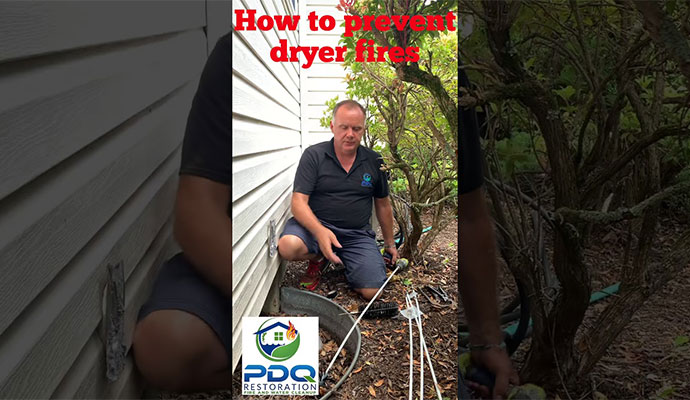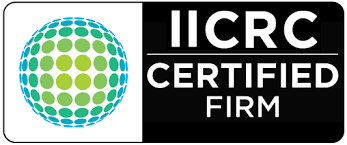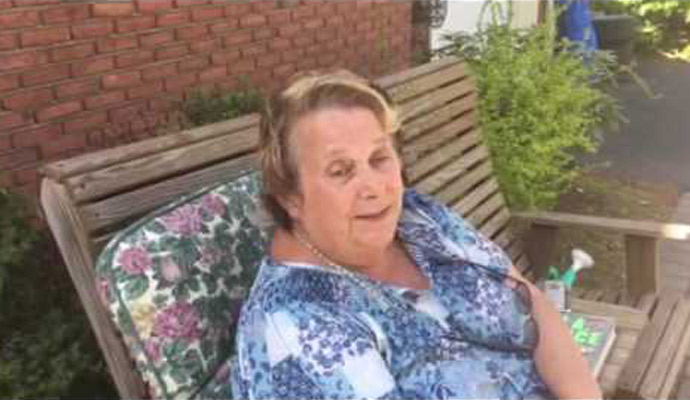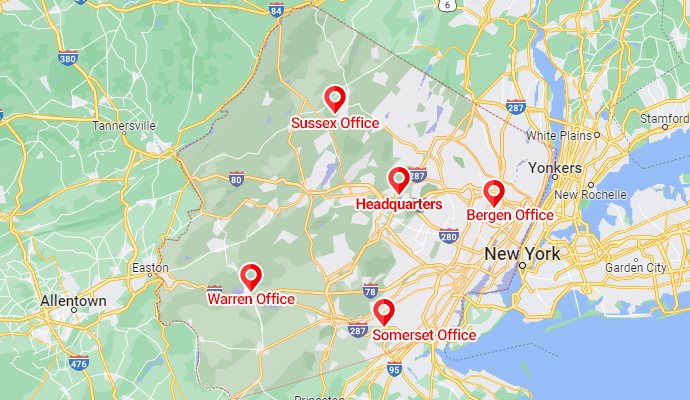How to Prevent and Put Out a Dryer Fire
How Do Dyer Fires Start?
Failure to clean and perform routine maintenance to your dryer accounts for 32% of all dryer fires. Dryers accounted for 14,692 fires last year alone!
How to Prevent Dryer Fires
The following steps can help you prevent costly and dangerous dryer fires in your home.
- Make sure it is properly installed and there are no kinks or restrictions and try to position the dryer as close to the exterior wall to minimize the length of venting needed. Bellies in the venting lines can cause extra build up. Make sure there are proper clamps to fasten the fittings together.
- Clean the exhaust vent and ducting a minimum of 1-2 times per year.
- Replace accordion style ducts with ridged steel ducts.
- The white corrugated plastic ducting is the most dangerous because it can more easily catch on fire when heated up.
- Keep a 5 pound ABC fire extinguisher readily available.
- Have your dryer routinely inspected.
- Don’t use your dryer without the lint filter, this will allow excessive lint to build up in the vents.
- Clean the lint screen after each use.
- Do not dry clothes that have flammable liquids on them such as cooking oils, gasoline, paint thinner, or alcohol.
- Do not overload your electrical circuit, especially do not use a power strip to add more outlets.
- Make sure the outlet is properly grounded.
- Do NOT use an extension cord, it will heat up and possibly cause a house fire.
- Don’t leave your house or go to sleep with the dryer on.
- Don’t overload your clothes dryer. This will cause excessive heat and lint buildup and increases your chance of a dryer fire.
- Inspect power cords and replace or repair if frayed, worn out or otherwise damaged.
- Try to make a habit of inspecting the metal ducts and dryer vents on a monthly basis to prevent dryer fires. And, if you find any blockages in the ducts and vents, ask an expert to clean them or replace them if they cannot be repaired. Otherwise, you will be at risk of a fire.
Important Signs That Your Dryer Vent May Be Clogged:
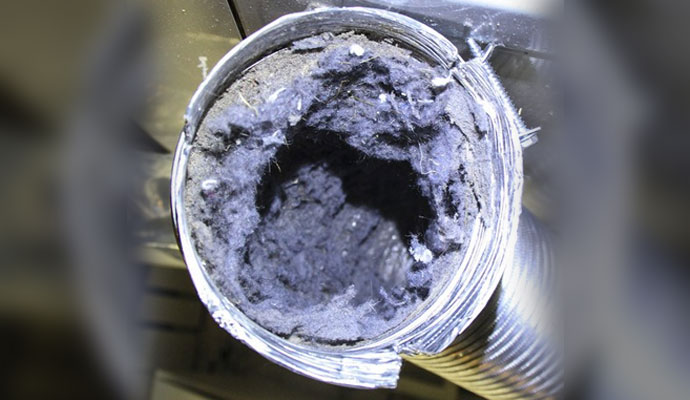
- If your laundry is taking longer to dry.
- The dryer is getting hotter than normal.
- You see signs of visible lint in the vents inside the dryer.
- Burning smell when running.
- Buildup of lint on the exterior vent.
How to Put out a Dryer Fire
If you’re certain you can contain the blaze, follow these following steps for extinguishing a clothes dryer fire. Otherwise, evacuate the house immediately, and call the fire department by dialing 911. Evacuate the house and stay at least 50 feet away while waiting for the fire department. If possible, shut the door to the laundry room.
Know the Signs
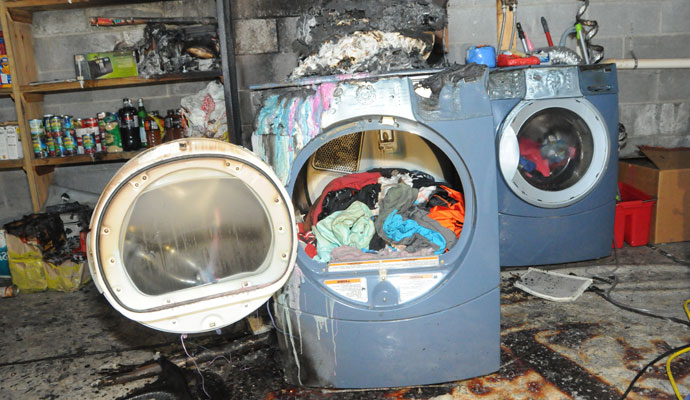
Smoke is an obvious sign that your dryer is catching on fire but be alert to other warnings. A burning odor, popping sounds or excessive heat around the appliance are all cause for alarm.
Make a Safe Exit
As you leave the laundry room, close the door behind you. This small move helps contain flames from an outbreak if smoldering materials should reignite. Turn off utilities to the room at their outside source. Move the children and pets to a safe area.
Do Not Open the Dryer Door
Leave the dryer door closed. It can be hot enough to burn your hand and opening it can feed oxygen to the fire. You also risk exposure to carbon monoxide and toxic smoke from burning synthetic materials.
Risk Exposure
- Use an ABC extinguisher to put out the dryer.
- Pull the extinguisher pin with a firm motion.
- Aim low and point the nozzle at the fire’s base. (Do not open the door.)
- Squeeze the lever firmly to release extinguishing compounds.
- Sweep from side to side along the fire’s base.
Unplug the Dryer
Once you’re certain you’ve put out the dryer fire, unplug the unit from its wall outlet. If you think the connections might be damaged, don’t try to disconnect the dryer.
Stay Safe After the Fire
Immediately have your home’s electrical system inspected by a licensed electrician. Your electrician can take care of affected wiring in areas adjacent to the fire and address any problems that might pose a danger to the rest of the house.
If want to clean up the soot damages yourself please click here for a step by step soot cleanup guide, please make sure you wear the proper PPE since soot is known to have harmful chemicals within it. If you feel that you want to hire a company to clean it, make sure you call in a highly reviewed restoration company that specializes in smoke damage cleanup. Smoke damage cleanup is usually covered by your homeowners insurance.

